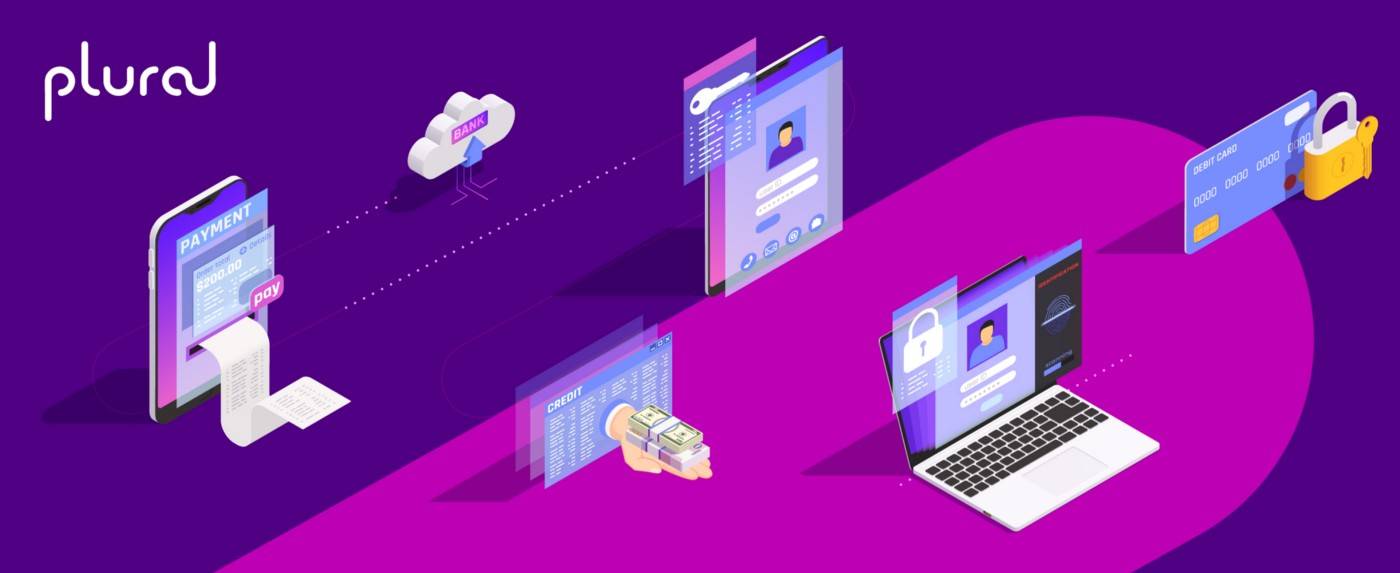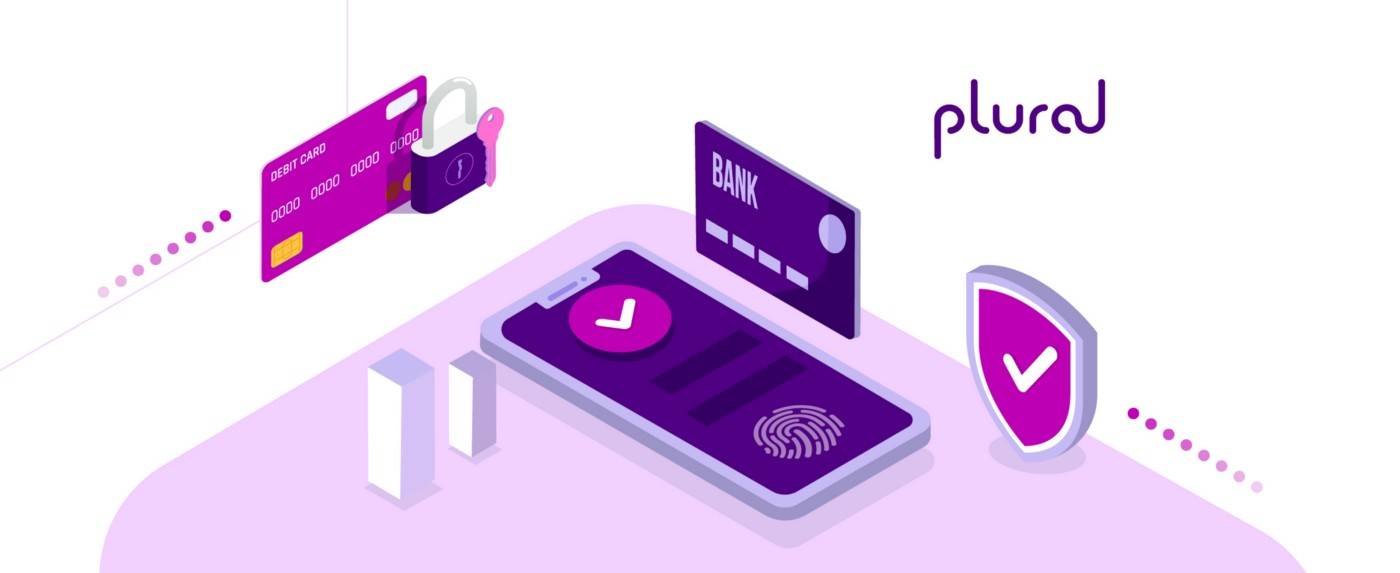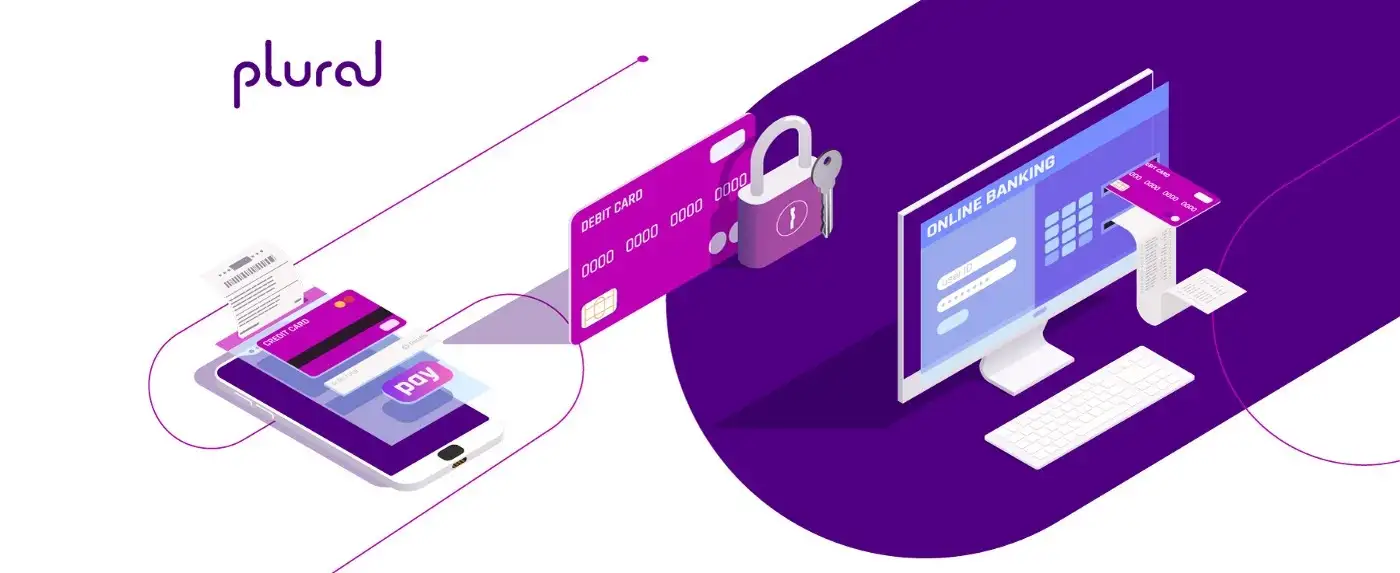When founders, Travis Kalanick and Garrett Camp came up with the idea for Uber, convenience was the central theme. The convenience of booking a cab from your home and the convenience of cashless payment — automatically charge the user’s card. The founders wanted to make cab bookings an easy, frictionless process including the payment. Making a payment for a cab without having to leave the Uber app is an example of embedded finance. Embedded finance is simply integrating financial services into traditionally non-financial platforms. It allows customers to make payments and conduct other financial activities within the context of the app. Let’s break down some terminology.
Embedded Payments
As in the Uber example, embedded payments are the integration of payments infrastructure into a non-financial platform so users can make the payments within the app itself. Payments was the first financial service to be added into non-financial platforms. Today, it is essential, especially in e-commerce. Amazon’s 1 click checkout is an example of embedded payments.
Bharat Bill Payment System (BBPS), an RBI-mandated system offering integrated and interoperable bill payment services, allows for embedded payments. With BBPS Bill Pay, a non-financial company like an e-commerce player, can enable bill payments or mobile recharges on its platform. Not only does this make it convenient for the customer to have everything at one place but is also an additional revenue stream for the e-commerce player. For example, Netflix could enable electricity bill payments while you pay for your subscription.
Embedded Credit
While embedded payments has become the norm, another financial service that is picking up is embedded credit. This refers to loan services offered on non-financial platforms. Customers can purchase a phone on Amazon and opt to pay through EMI and Buy Now Pay Later (BNPL) options available. Again, all while staying within the app or website.
Embedded Insurance
Digital players have adopted technology in the customer journey to provide insurance solutions tailored to customers’ needs. Embedded insurance eliminates the hassle of paperwork and customer details. It leverages the existing customer data that has already provided in the buying journey. Embedded insurance is bundled with the purchase of a product or service. For example, if you purchase a flight ticket, embedded insurance gives you the option to purchase travel insurance on the same platform, without having to re-enter customer details etc. Likewise, a car-rental platform offering auto insurance at the point of purchase. According to S&P Global Market Intelligence data, India is the second largest insurance technology market, accounting for 35% of the $3.66 billion of the venture capital coming into the sector in the region.
Embedded Investments
There are investment APIs that enable users to open an account, trade, deposit funds & more. Embedded investments allow for investments in stock markets, mutual funds & the like on non-financial platforms. Setu’s Fixed Deposits enable digital platforms to offer fixed deposit options to customers, without the need to create a separate bank account.
Embedded Cards
Just like a credit or debit card, embedded cards are cards that can be used for making purchases online, equivalent to the cash amount. You can transfer funds, make payments, collect point etc. without the hassles going to a physical bank. Examples of such cards are expense cards, corporate cards, smart cards, virtual cards like Zeta or Sodexo cards.
Embedded Lending
This involves integrating lending functionality into customer journey to enable non-financial players to offer loan solutions as a stand-alone or add-on product. Customers can get loans through the platform, minus the lengthy paperwork and hassle.
Buy Now Pay Later (BNPL) is a line of credit for shopping where you receive the product right away but pay for it at a later date. Many digital platforms offer BNPL payment options, increasing the customer’s purchasing power. Flipkart Pay Later has over 6 million users, within just seven months of the launch. Flipkart lends its customers up to ₹1 lac, depending on their credit profile.
Embedded Banking
This refers to all banking activities like transfers, loans, applications, fund management etc. integrated on non-banking platforms. For example, Starbucks, powered by JPMorgan Chase allows customers to store cash and earn rewards for purchases at the coffee chain (source).
API (Application Programming Interface)
APIs are software interfaces that act as “middlemen” through which different services on the internet talk to each other. Think of it as the role of a housing broker. The broker is a mediator between you (the home renter) and the homeowner. The broker shows you houses, collects and passes on the payment to the owner, without you and the owner interacting. The broker here, is like the API. Without him, you probably won’t get the service you want.
APIs allow for plug-and-play solutions so digital platforms can easily add financial (and other) services. With embedded finance APIs, non-financial players can offer all-in-one services for customers. For example, when making a purchase on an ecommerce site, customers can opt for EMI payment option within the application or website without having to leave the platform. APIs make this possible. Many platforms are embracing this technology trend as it improves customer experience and eliminates hassles of multiple screens, repeated information sharing etc.
Banking-as-a-Service (BaaS)
Banking-as-a-Service is a tech-first solution. It allows non-banks, neo banks and fintechs to enable banking activities such as trading, account opening, loan application, and complete banking services by connecting to a banking system through APIs.
A key difference between BaaS and embedded finance is that the latter provisions financial solutions in conjunction with the purchase of products/services to enhance customer experience and streamline customer journey. BaaS, on the other hand, allows neo banks/fintechs to offer financial services independent of the purchase of products/services.
Embedders
The term is used to refer to third parties such as e-commerce players and other digital platforms providing financial services, acting as the user’s touchpoint. These platforms such as Amazon, Flipkart and other customer-facing digital platforms have a deep understanding of the customer and are present at the point of demand. For such platforms, embedding financial services in the customer journey, improves customer experience, boosts customer retention, and even serves as additional revenue streams.
Open Credit Enablement Network (OCEN)
For individuals and MSMEs, it is often tedious to get loans from mainstream banks easily due to limited access to physical banks, insufficient data, inability to prove credibility etc. OCEN, launched in July 2020 as part of IndiaStack, is a framework of APIs that allows borrowers (individuals and MSMEs) to seek small credit loans up to ₹60,000/year from loan providers and account aggregators.
It offers numerous benefits to the borrowers such as easy application process, complete digital credit solutions, loan options from various providers, etc.
Benefits of Embedded Finance
Benefits to customers
- Ease and convenience: Payments, credit, and more on a single platform
- Better customer experience: Eliminates the hassle of multiple web pages, account creation & more
- Affordability offerings: Customers can purchase high-value items on EMI or BNPL payment options
Benefits to the digital platform
- Increased AOV: Drive up Average Order Value (AOV) through affordability options like EMI & BNPL offered to customers
- Additional revenue source: The digital platform can earn revenue by enabling financial workflows on its platform without any financial liability
- Data & insights: Access to additional customer data & behaviour that can be leveraged in marketing or product development
- Competitive advantage: An edge over competitors who are not offering financial services
Embedded Finance Solutions with Plural and Setu Synergies Combined
We recently joined hands with Setu, an API-based company that enables digital platforms to offer financial services through easy API integrations. With this acquisition, we aim to offer complete financial solutions to businesses with a bouquet of services across Plural and Setu, simplified in single lines of code and API integrations. Let’s look at how our combined offerings can enable e-commerce players and NBFCs:


Thinking of embedded finance for your business? We’ve got the solution for you. Our API-based products help you leverage embedded finance. If you’d like to learn more, write to us at pgsupport@pinelabs.com. We’re positive that businesses that embrace embedded finances will be the ones that will stay ahead of the curve!
Also check out our other blogs:
Payments 101 — A beginner’s guide to payments terminology
Payments 101 — A beginner’s guide to payments terminology. Part — II
Plural by Pine Labs has received an in-principle authorisation from the Reserve Bank of India (RBI) to operate as a Payment Aggregator.
Setu has received an in-principle authorisation from the Reserve Bank of India (RBI) to operate as an Account Aggregator.

Amrita Konaiagari is a Marketing Manager at Plural by Pine Labs and Editor of the Plural blog. She has over 10 years of marketing experience across Media & Tech industries and holds a Master’s degree in Communication and Journalism. She has a passion for home décor and is most definitely a dog person.



